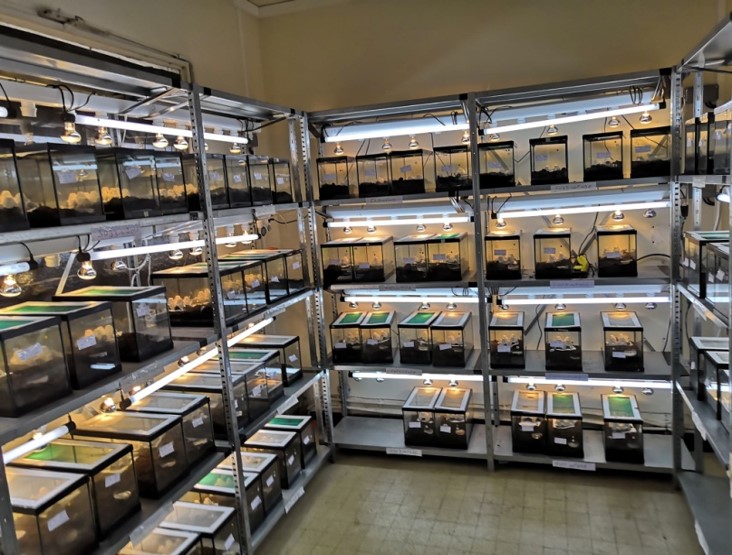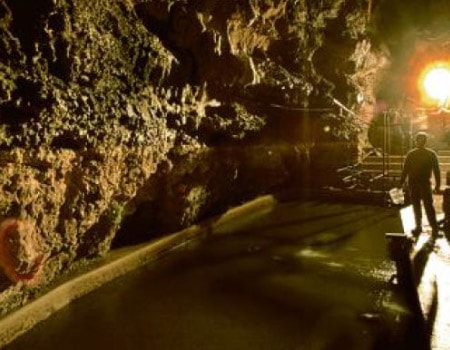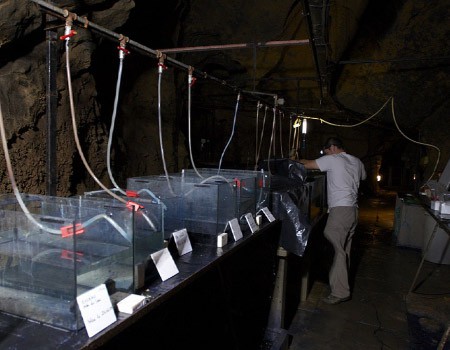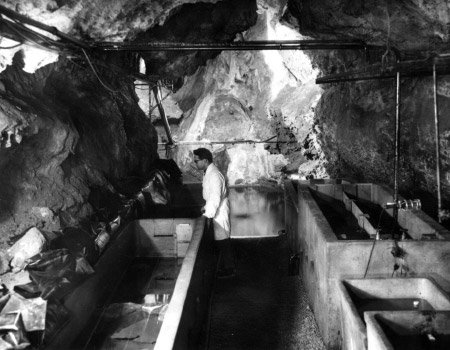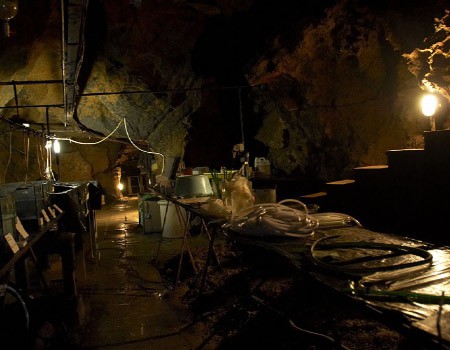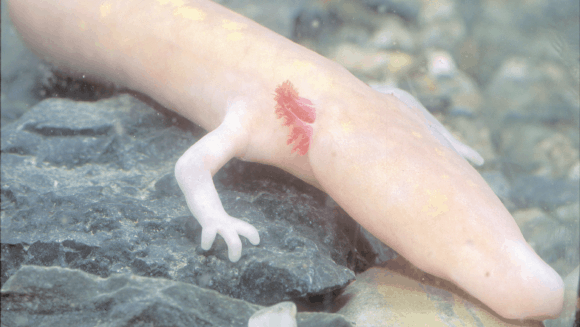Laboratories
-
The Technical Platforms of Laboratories (PTLs) encompass all laboratories and common equipment located at the Station for Theoretical and Experimental Ecology of Moulis (SETE).
-
The aim of these platforms is to host and support various scientific projects developed within SETE by providing facilities, equipment, and instruments for the design and implementation of experimental plans.
-
The PTLs consist of four main specialized laboratories designed for experimentation in Molecular Biology, Microbiology, Biochemistry, and Ecology (including « sorting and weighing » units). Additionally, there are cross-functional services essential for their optimal functioning, such as laundry facilities and cryopreservation zones.
Molecular Biology
The molecular biology laboratory is essentially equiped for nucleic acid extraction, as well as its amplification, quantification, and characterization.
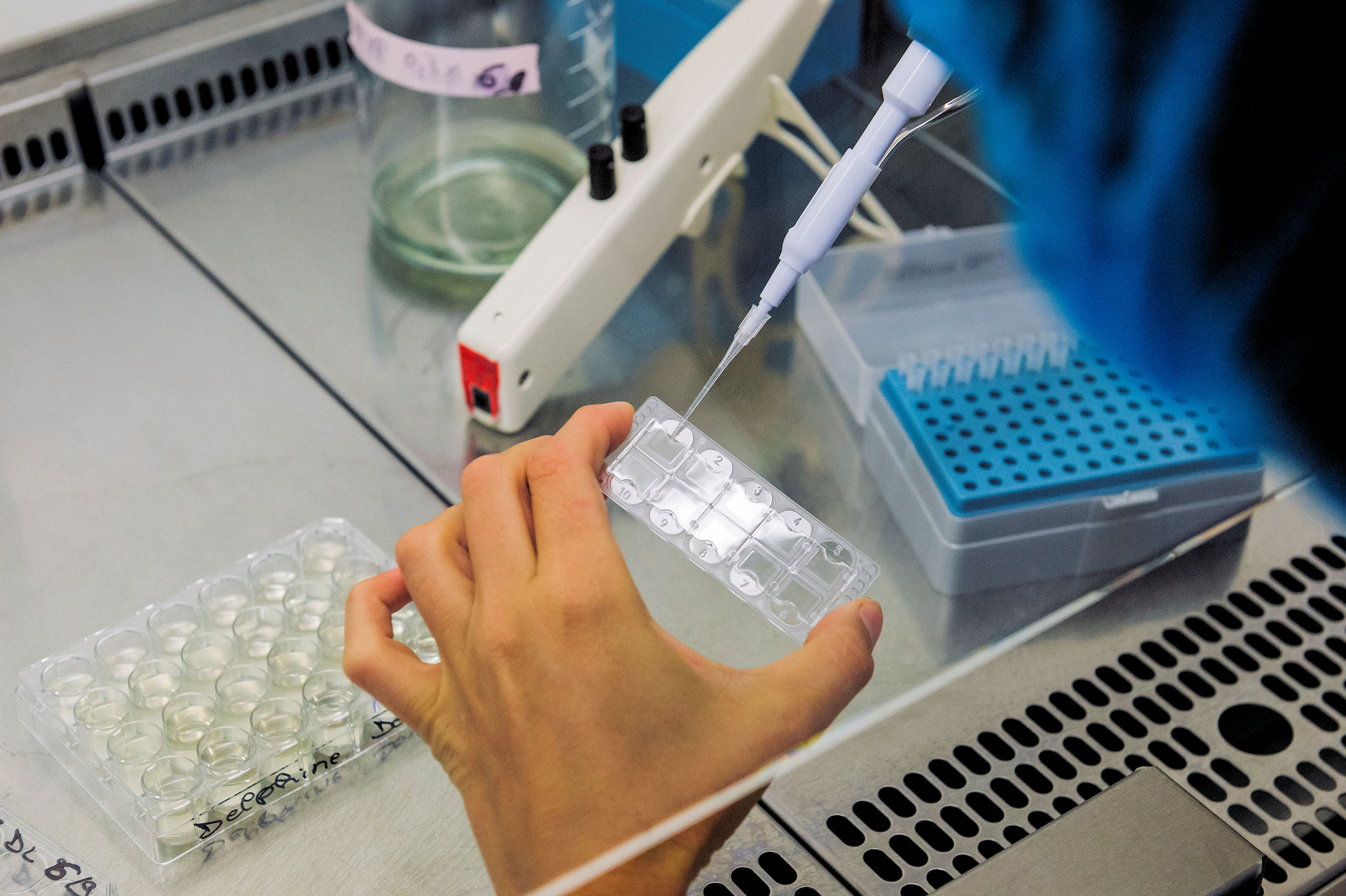
-
Osmotic and ultra-pure water
-
Tube and plate grinders
-
Thermomixers
-
Centrifugal and vacuum concentrators (Speedvac)
-
PCR and qPCR analyzers
-
Electrophoresis units of various sizes, horizontal ones for agarose
-
Transilluminator
-
Chemical Hood
-
Fume hood
-
Pipetting Robot equipped for DNA extractions
-
Bioanalyzer
-
Dropsense (Spectrometer specific for nucleic acid analyses - DNA, RNA, Proteins)
-
Centrifuges
-
Refrigerators and -20°C freezer
Conventional Laboratory:
- Incubators and refrigerated chambers
- Cytometer
- Array of microscopes: Transmission, upright and inverted, phase contrast, and Differential Interference Contrast (DIC) with image analysis. Equipped with cameras and screens
- Biological Safety Cabinets (BSC)
- Spectrometers (UV-Visible/fluorescence/luminescence)
- Centrifuges
- Microwave oven
- Refrigerators and freezers -20°C
L2 Laboratory:
- Spectrometers (UV-Visible/fluorescence) inside an incubator
- Biological Safety Cabinet (BSC)
- Microscope: Transmission and phase contrast, macroscope equipped for epifluorescence with image analysis for each device
- Centrifuges
- Refrigerated chambers
- Refrigerators and freezers -20°C
Microbiology
The microbiology laboratory consists of two main facilities: a conventional laboratory and a L2 (Level 2) laboratory, the latter being specifically used for studies involving the Tétrahymena sp. model. These laboratories are equipped for cell culture and phenotyping, including microscopic observation and growth kinetics analysis.
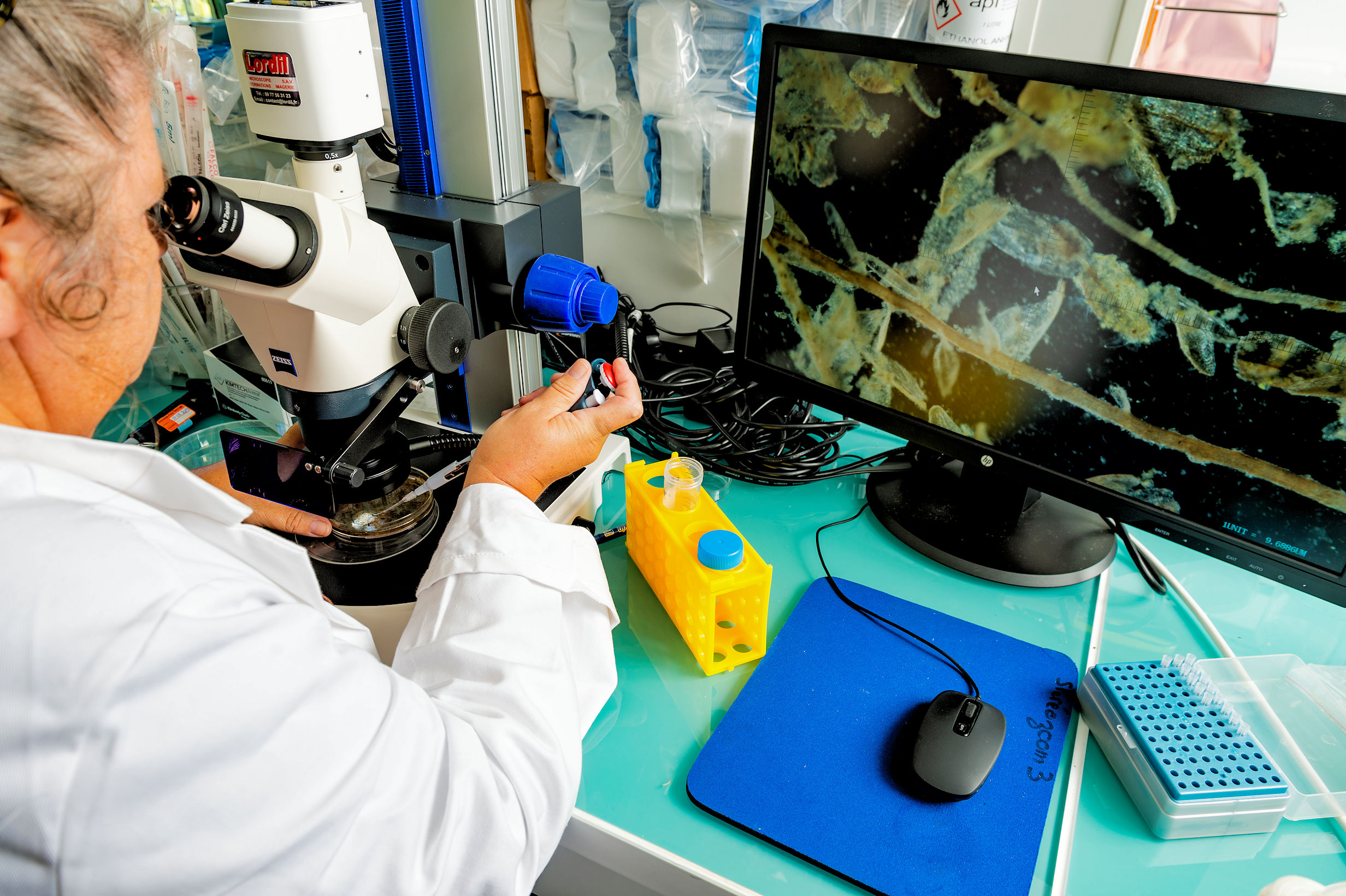
Biochemistry
The biochemistry laboratory is composed of several workbenches and non-specific equipment, allowing work in a controlled environment with safety measures in place.
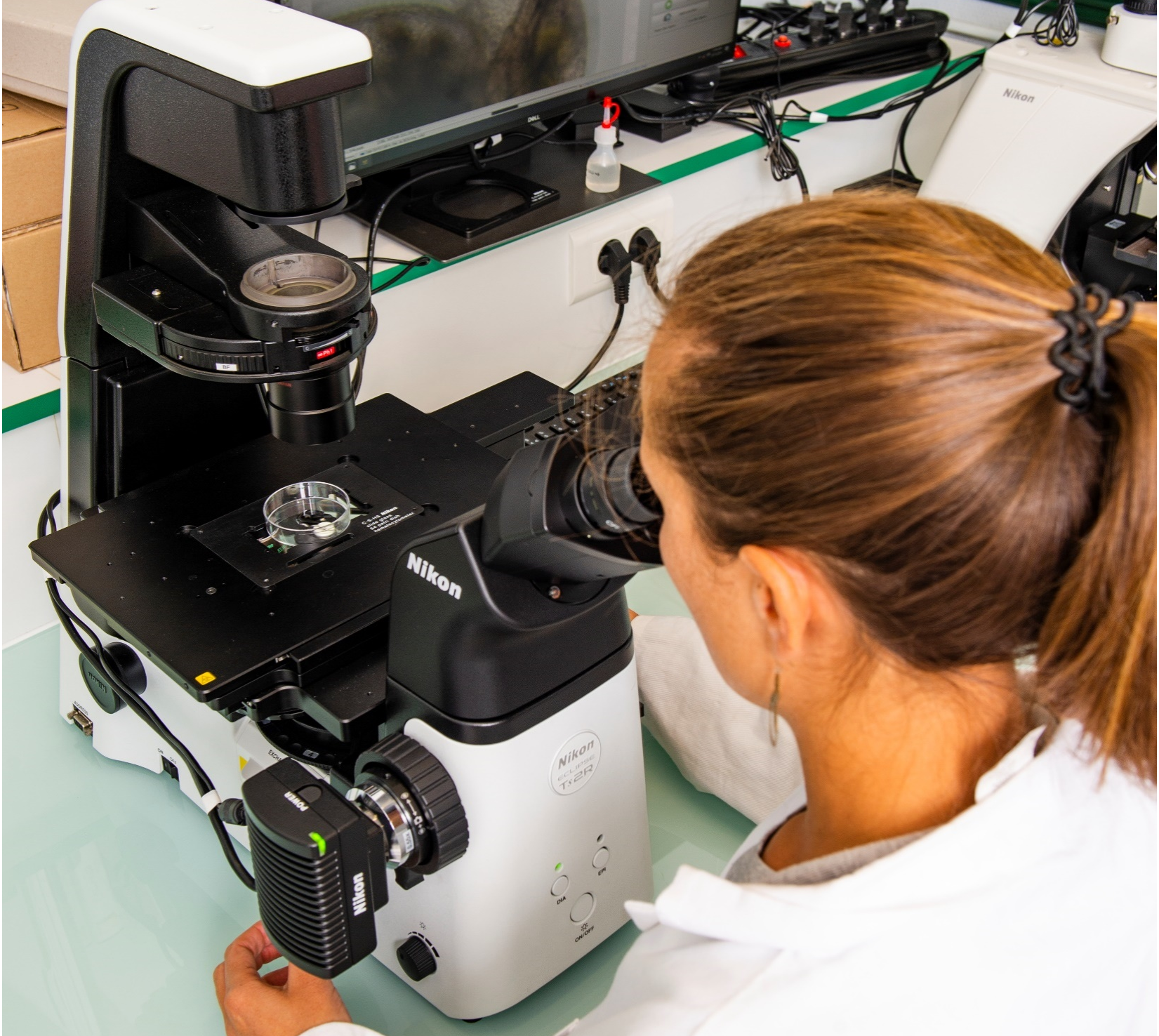
-
Balances (10-2, 10-3, 10-5),
-
Fume Hood
-
Drying Ovens
-
Microscopes and Stereozoom
-
Refrigerators and Freezers -20°C
Ecology
The ecology laboratory is designed to facilitate the initial processing of samples coming from the field. It is equipped with tools for sorting, weighing, and observing samples.

liste détaillée des équipements
The technical staff of the PTLs ensures the maintenance and upkeep of these equipments as well as coordinating the access to the diferent labs for users.
The technical staff of the PTLs consists of


The scientific strategy of the service is overseen by two scientific coordinators


For any inquiries, please send an email to:
To access to the PTLs chart, click here.
Continue reading


